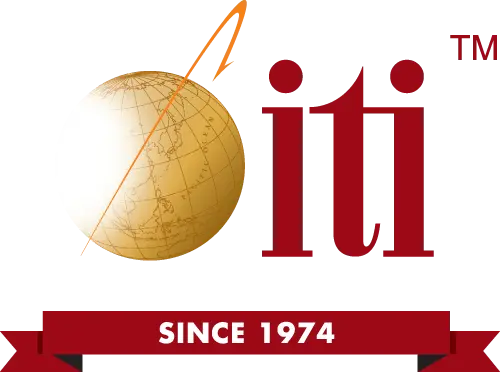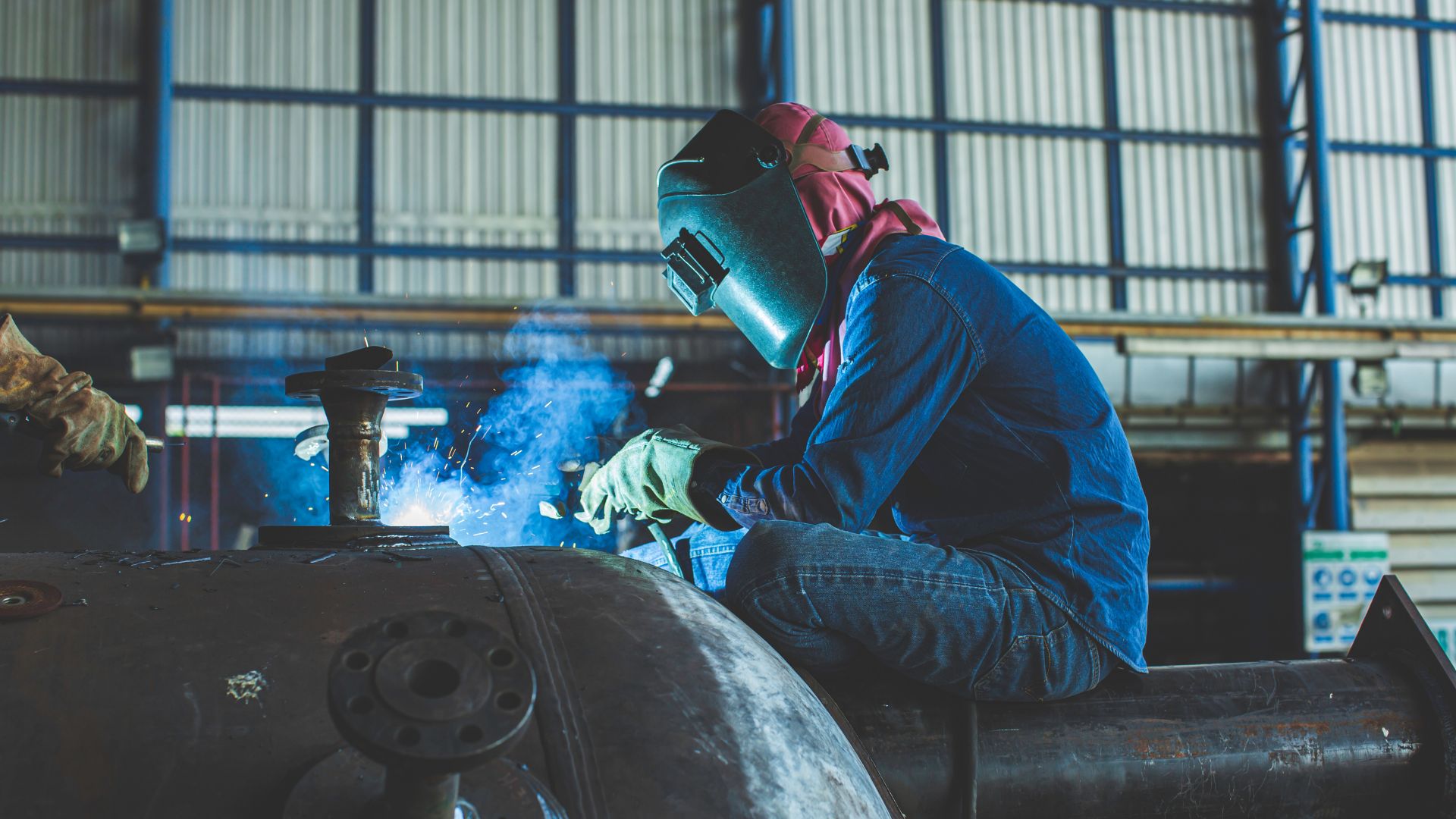Vibratory media is used in metal finishing applications such as cleaning, deburring, burnishing, polishing, surface preparation, radiusing, pre-plating, and general surface finishing. These processes are achieved through vibratory tumbling, which is a mass finishing technique practiced around the world in a variety of industries.
Vibratory media is also referred to as abrasive vibratory media and is available in a wide range of geometric shapes, sizes, and materials. The size, shape, and material are chosen based on the wear rates they offer as well as their cutting characteristics. The workpieces that are being mass finished and the desired finish will dictate the material that is preferred for the job. The most vibratory media materials are ceramic and porcelain, but plastic and steel are additional options.
Mass Finishing
“Mass finishing” is a term often heard when vibratory media is discussed. Mass finishing refers to a variety of manufacturing processes that allow for large quantities of parts to be finished at the same time. The goal of this type of finishing is to burnish, deburr, clean, radius, de-flash, descale, remove rust, polish, surface harden, brighten, break off die cast runners, and otherwise prepare parts for further finishing processes.
There are many types of mass finishing, but the two most common are tumble finishing, which is also often referred to as barrel finishing, and vibratory finishing. These two main types are similar in that they both make use of a cyclical action to create contact between surfaces. The mass finishing can take many forms as they can be performed wet or dry. Wet mass finishing will often involve liquid lubricants, cleaners, or abrasives. Cycle times for mass finishing processes will range in time and can be as short as 10 minutes for nonferrous workpieces or as long as 2 hours for hardened steel pieces.
The Most Common Types of Vibratory Media
There are several common types of vibratory media to choose from. The vibratory media material that is chosen is based on the type of material being finished, the type of tumbling equipment being used, and the desired surface finish that is desired. When the right media is chosen, most vibratory processes can be completed in a single step.
Ceramic/Porcelain Media. This is the most used type of vibratory media and is often referred to as the workhorse of all media types. Ceramic and/or porcelain vibratory media is popular because it can be used in a wide variety of applications in many different industries to polish, radius, and deburr workpieces. Ceramic media is particularly recommended for general purpose polishing, light and heavy deburring, and fast and extra fast deburring, as well as ultra-aggressive metal removal. Ceramic vibratory media is preferred for heavy cutting and finishing hard metals.
Plastic Media. Plastic media is not as widely used as ceramic. It is an optimal solution for finishing processes that require a softer touch and brighter finish. Plastic media is preferred when working with softer surfaces such as brass and aluminum.
Steel media. Steel media is known for its ability to efficiently burnish and peen as well as its dense weight. Because of the density of this type of media, it is most often used when both a high shine and reduced finishing time is desired. In addition to steel media, carbon steel media may also be used in situations where surface work-hardening is desired.
Grades of Ceramic and Porcelain Vibratory Media
Ceramic and porcelain are the most commonly used vibratory media and there are different grades of each.
Light Cut. Light cut, also known as low cut, porcelain vibratory media is for general finishing needs. This is the most used grade of ceramic media. It is popular because it offers exceptional wear and metal removal in deburring, deflashing, and edge radius processing.
Medium Cut. Medium cut media is ideal in situations where a fast general-purpose deburr and medium finish is desired.
Fast Cut. Fast cut, also known as high cut, is not common in many markets, including the United States. Because this media is not used in many places, there is not currently a standard associated with it. In some areas there is a fast cut and a super-fast cut.
Polishing. Unlike the other grades, polishing media is made from porcelain and is specifically used when only polishing.
Shapes
Vibratory media available in different shapes as well as grades. The shapes used are determined by  the workpiece that is being finished and the desired outcome. Some shapes are only available in certain grades. Not only are there different shapes to choose from, but the shapes may come in a variety of different sizes. All of these specifications have evolved to produce a desired finishing effect. As some sizes may only be available in certain grades and each manufacturer has a different size, shape, and grade specifications, it’s important to not take anything for granted when considering ordering from a new supplier.
the workpiece that is being finished and the desired outcome. Some shapes are only available in certain grades. Not only are there different shapes to choose from, but the shapes may come in a variety of different sizes. All of these specifications have evolved to produce a desired finishing effect. As some sizes may only be available in certain grades and each manufacturer has a different size, shape, and grade specifications, it’s important to not take anything for granted when considering ordering from a new supplier.
ITI Wants to be Your Ceramic Vibratory Media Supplier
Looking for high quality ceramic vibratory media? ITI has just what you are looking for! We ship directly from the manufacturer and deliver directly to the location of your choice.
We offer four grades of ceramic media including light cut, medium cut, fast cut, and porcelain polishing media. We offer a variety of sizes and shapes to fit all of your finishing needs. With ceramic media being the most popular, we are sure that we can meet and exceed your expectations in quality, grade, size, and shape.
Contact us today via our website or call us at 281-242-7030 We look forward to working with you soon.






